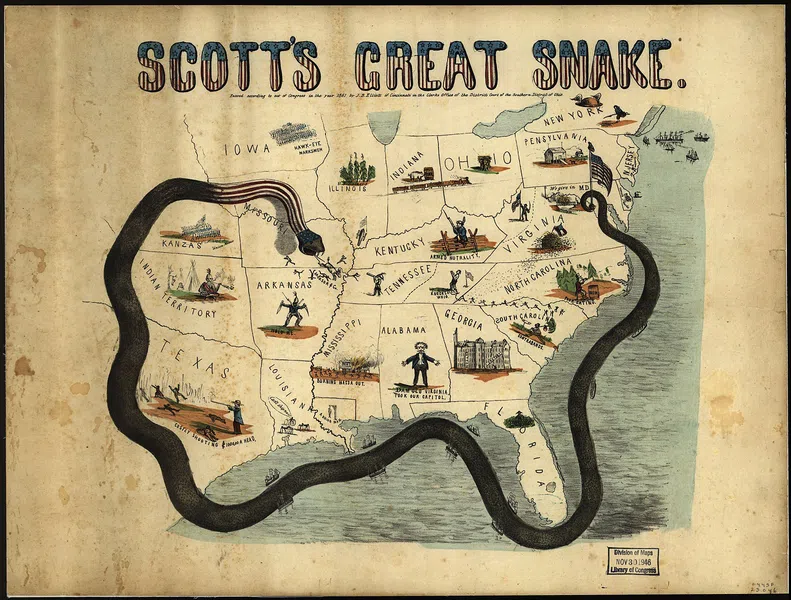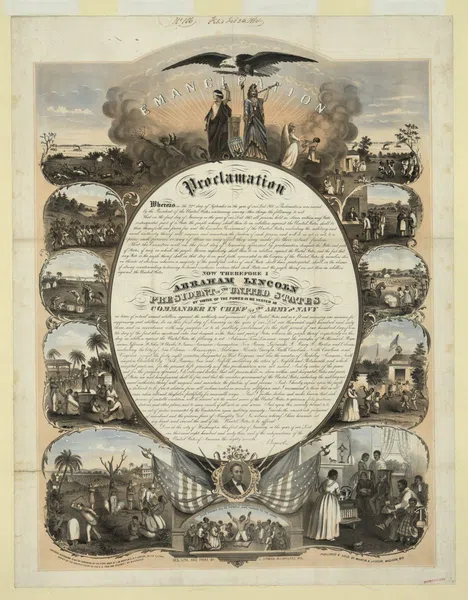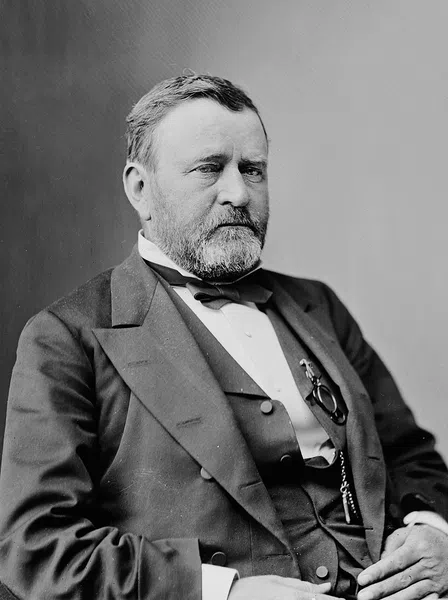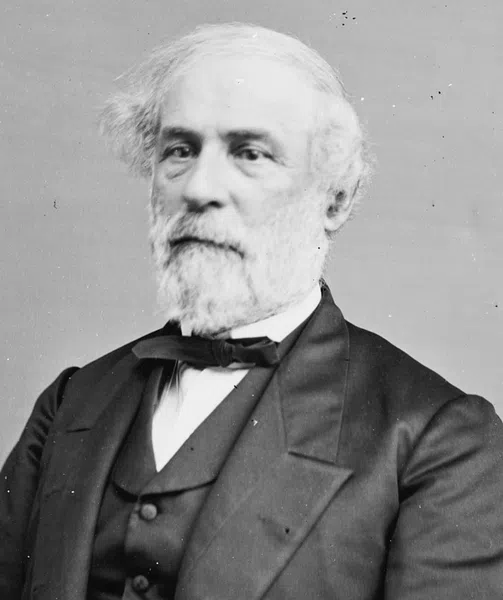List of Southern Strategies in the Civil War
When the Civil War broke out, Confederate leaders prepared for a defensive battle and focused on three primary strategies:
Defending their borders (later limited to just strategic holdings)
Forcing Europeans to intervene and lend support
Putting up a large enough fight that the Union would abandon the war effort
Types of Southern Strategy in the Civil War
The Confederacy’s main goals were to defend Southern territory and outlast the Union’s will to fight by putting up enough of a fight. When it came to strategy, they had to consider their advantages and disadvantages when compared with the North:
| Advantages | Disadvantages |
| more experienced military leaders | less funding |
| more territory and familiarity with the land | less industrial production |
| smaller population |
| fewer railway networks |
Types of Southern Strategy in the Civil War: The Cordon Defense vs. The Offensive-Defensive Method
Initially, Confederate leaders settled on a cordon defense, in which the Confederate Army would focus on defending all borders. Unfortunately, the South lacked the resources to keep the cordon defense in place. And so, they switched to an offensive-defensive strategy. In this approach, the Confederate Army focused on defending strategic points and only staged attacks if they were at a clear advantage and likely to come out as victors.
Types of Southern Strategy in the Civil War: King Cotton Diplomacy
As we noted above, the South was severely disadvantaged regarding supplies due to their lack of industrial centers. As such, the Confederacy turned to Europe for resources such as weapons and foodstuffs. European countries also depended on this trade as a source of tobacco and, more importantly, cotton.
And, when the North imposed a naval blockade along the Atlantic and Gulf coasts, Confederate leaders were confident that European countries would intervene to keep pre-existing trade networks open. Furthermore, they believed Europeans would be keen to eliminate America's threat to their economic and territorial ambitions.
The Anaconda Plan
The Anaconda Plan was a Union military strategy emphasizing a naval blockade along the Southern coastlines to prevent trade between the Confederacy and Europe. The idea was to strangle the South into submission by economically and diplomatically isolating them. Although it did not have an immediate effect, as the war continued, it contributed to a shortage of everyday goods and lowered morale in the South.
 Fig. 1 - illustration of the Anaconda Plan
Fig. 1 - illustration of the Anaconda Plan
By 1864, the Union also gained control of the Mississippi River, another point of the Anaconda Plan. This essentially cut the Confederacy in half and deeply affected the flow of supplies and manpower across the South.
Unfortunately for the Confederacy, European countries turned to Egypt and India as sources of cotton and were not gravely impacted by the restriction of Southern trade. And, in 1863, the Emancipation Proclamation dashed all hopes of European support.
The Emancipation Proclamation was issued by Abraham Lincoln on January 1st and freed all slaves in rebellious states and territories. It also shifted the North’s primary goal to ending slavery, and the Europeans would not support or recognize the fledgling Confederacy that explicitly endorsed slavery.
 Fig. 2 - print of the Emancipation Proclamation
Fig. 2 - print of the Emancipation Proclamation
Types of Southern Strategy in the Civil War: A War of Attrition
Because the Confederate Army had superior military leaders, the Confederacy was confident they could win in a war of attrition. Undoubtedly, the Union would abandon the war effort in the face of mass casualties. But the Confederacy severely misjudged the Union’s commitment to the war. Although Northern morale might have been low by the end of 1862, the Emancipation Proclamation renewed their will to fight. Under the leadership of Ulysses S. Grant, the Union Army pressed on, even if it meant many lost lives.
war of attrition
a military strategy in which one side hopes to outlast the other side’s military capabilities and will to fight
 Fig. 3 - General Ulysses S. Grant
Fig. 3 - General Ulysses S. Grant
The Failure of Southern Strategy in the Civil War
By 1864, the Union could wage their war of attrition against the South. The Confederacy faced a severe supply shortage due to trade restrictions and a lack of industrial production. Because of this, the Confederacy did not have enough resources to stage an offensive, let alone keep up with defending all territory. As a result, Confederate military leaders shifted their focus to protecting key strategic holdings.
On top of the supply shortage, the Confederacy was experiencing a shortage of funds and troops due to the government’s commitment to states’ rights. Without access to profits from the cotton trade, a lack of financing for the war became a real issue. Yet, state governments refused to levy an income tax to support the war effort, citing it as a violation of the state’s rights and interests. When it came to troops, Confederate leaders ran into the same problem. Many state governments refused to comply with the draft fully.
The draft was particularly contentious, as slaveholders with more than 20 enslaved persons could avoid the draft. Many believed the Civil War was a “rich man’s war, poor man’s fight.”
And, by 1865, the Confederacy was in a dire spot. Morale was at an all-time low due to Union military victories and the shortage of common goods across the South. On April 5th, Confederate General Robert E. Lee agreed to a cease-fire at the Appomattox Courthouse in Virginia.
 Fig. 4 - Ulysses S. Grant
Fig. 4 - Ulysses S. Grant
The Failure of Southern Strategy in the Civil War: Historiography
Historian David Donald argued that the South "died of democracy," emphasizing the Confederacy's inability to force individual states to raise troops or funds.1 Other historians deny that a lack of soldiers or funds was the fundamental issue. For example, the authors of Why the South Lost the Civil War argued that a lack of morale made the South stop fighting before shortages forced their hand.2 Suffice to say, there are a variety of perspectives as to the effectiveness of the Southern strategy and what factor was central to their surrender.
Southern Civil War Strategy - Key takeaways
- The South's primary goal in the war was to defend their territory and put up enough of a fight that the North would lose interest in the war effort and reunification.
- Southern military commanders initially implemented a cordon defense, in which the Confederate Army was stationed along all borders. Because of a lack of resources, they switched to an offensive-defensive strategy.
- The offensive-defensive strategy consisted of defending key strategic holdings and staging offensives only when at a clear advantage.
- The South had also hoped for European support because of European dependence on cotton. But, European nations found cotton elsewhere and refused to intervene after the Emancipation Proclamation.
- Eventually, the South faced a severe supply shortage and a lack of manpower and funding. Unfortunately, dedication to states' rights meant that the Confederacy could not implement an income tax or work to enforce the draft.
- In April 1865, the Confederacy agreed to a ceasefire due in part to the shortage of everyday goods and military supplies and an overall lack of morale.
References
- David Donald, Why the North Won the Civil War (1962)
- Richard E. Beringer, Herman Hattaway, Archer Jones, and William N. Still, Why the South Lost the Civil War (1986)











